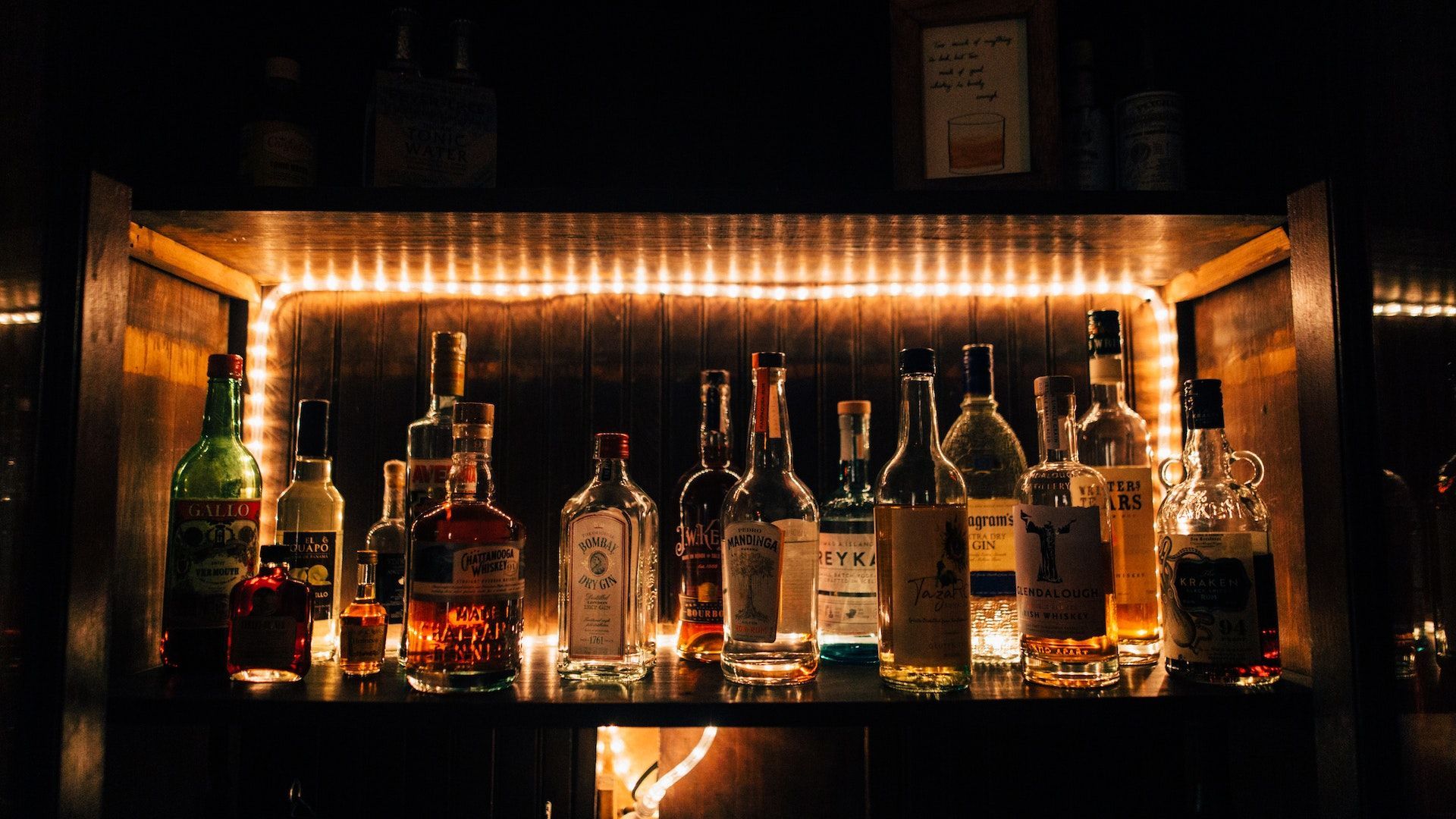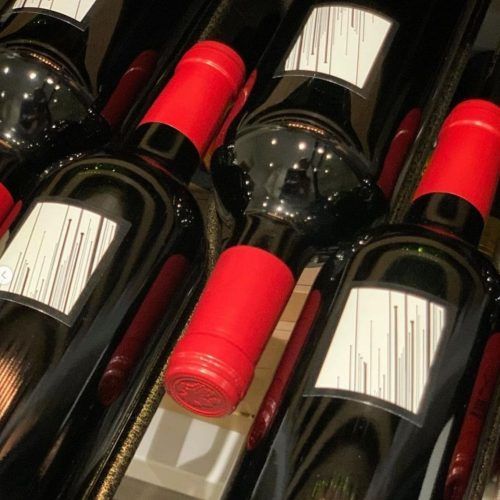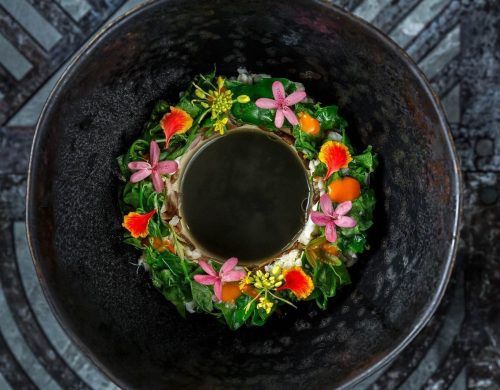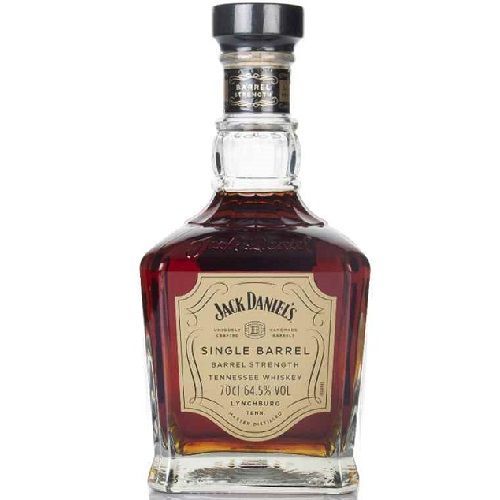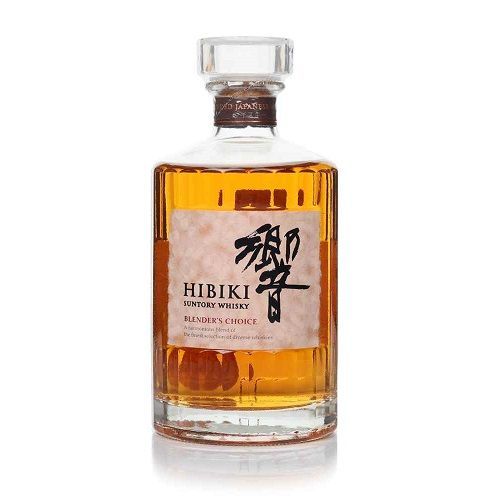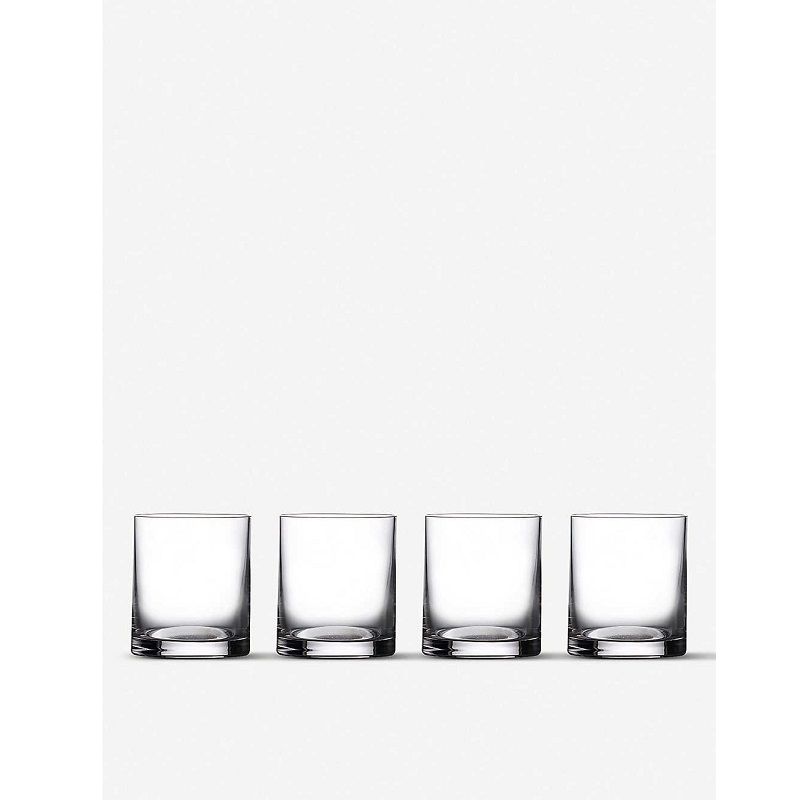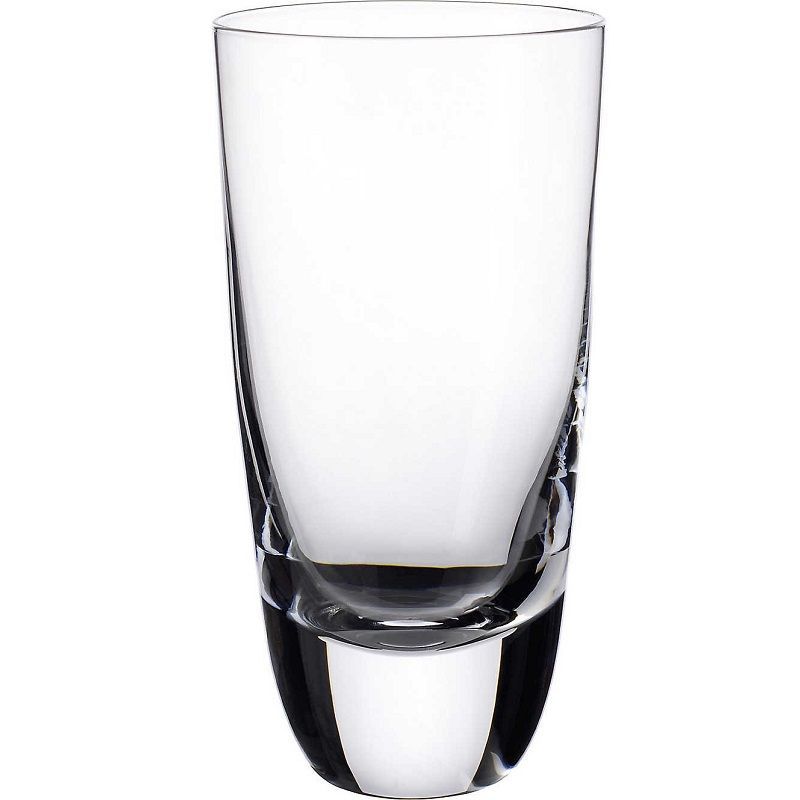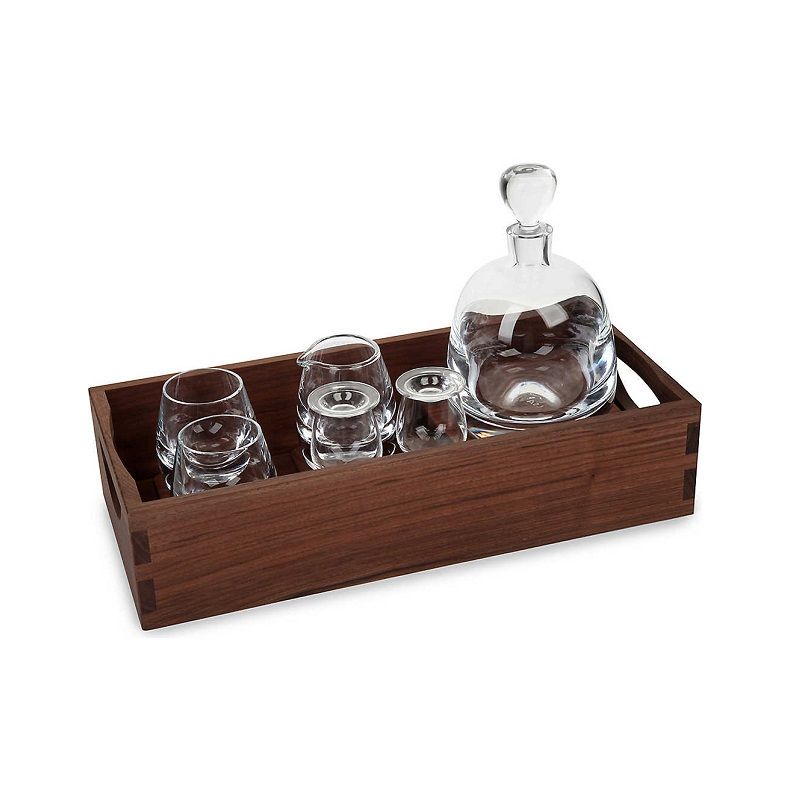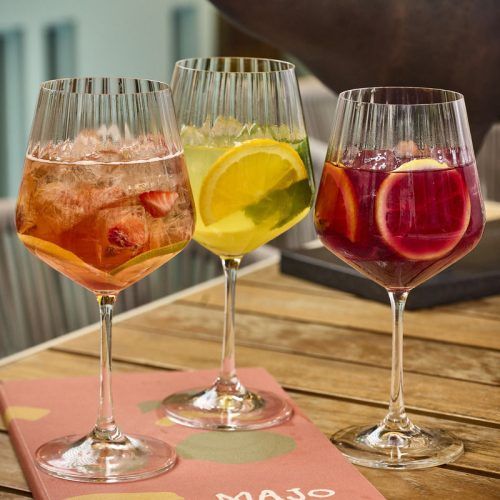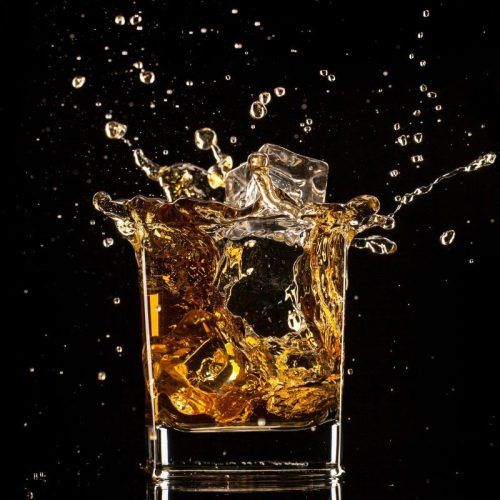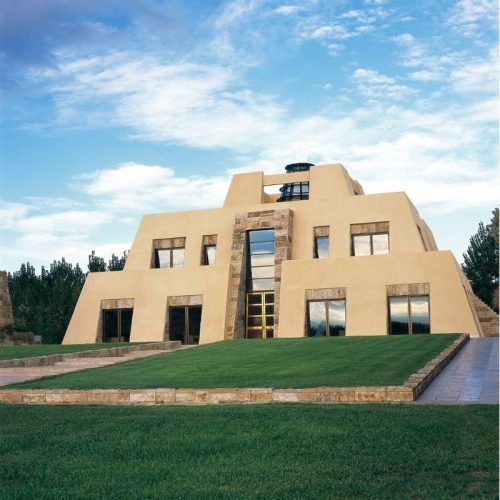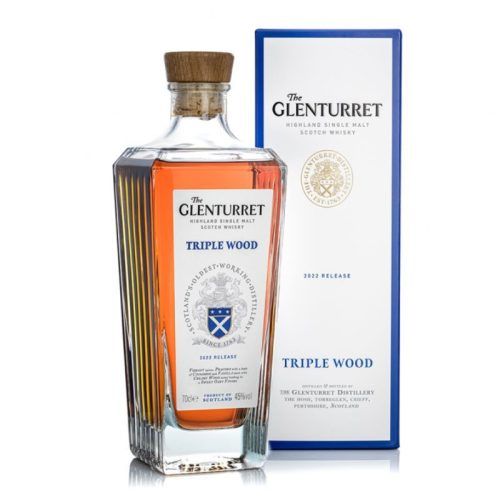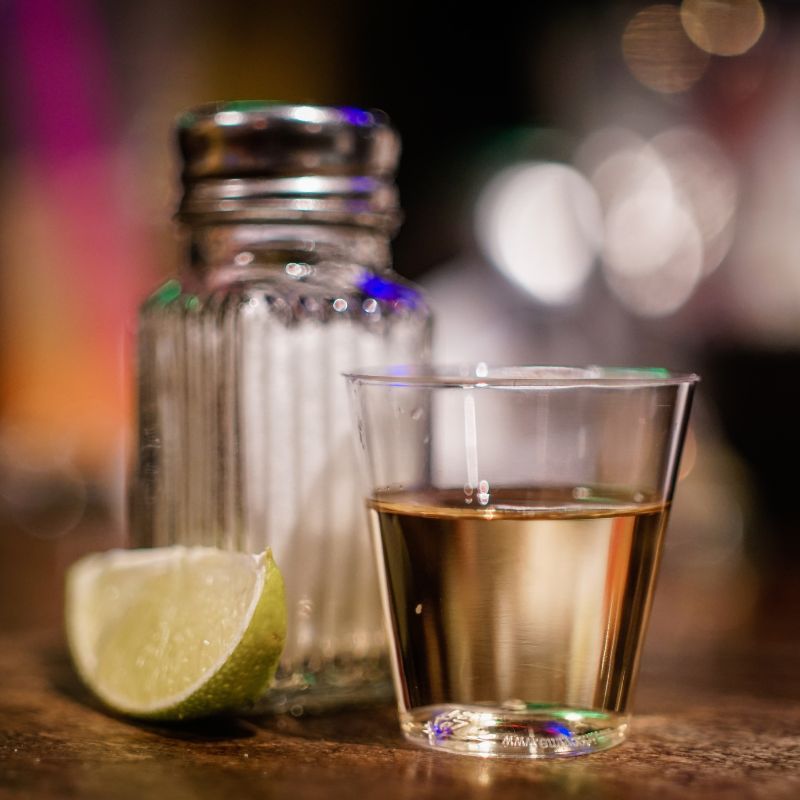A fermented concoction of grains like barley, corn, rye and wheat, whisky or whiskey is a dark, distilled alcoholic drink that has gradually gained popularity as a beverage within all legal age groups. And typically, whiskey on the rocks and hot toddies are top-sellers at most bars. But have you wondered what mixing cold water with whiskey does to the drink — whether or not this alters its taste and flavours? Well, while many prefer doing so or having it with ice, we explain why this should be avoided.
Before delving into the topic, it must be noted that it is spelt in two ways — whisky and whiskey. While the former is associated with Scotch whisky only and any other type that is influenced by it, the latter is related to Irish whiskey and the whiskeys produced in the US.
What you should know about adding cold water to whiskey
The temperature of water affects whiskey’s taste

According to various reports, the temperature of whiskey highly influences its flavour. This is because, in contrast to warm drinks, we detect fewer flavours in cold drinks as our taste buds can perceive fewer flavours at lower temperatures. The same applies to hot drinks, too.
According to Rory Glasgow, a single malt Scotch whisky ambassador for the United States and Canada, when flavour molecules enter certain conducting channels in our taste buds at around 35 degrees Celsius, they function at their best and our brain’s reception to these signals are optimum. Alternatively, if the temperature is dropped to 15 degrees Celsius, these conducting channels do not provide a clear indication to our brain, and we sense fewer flavours.
Therefore, even though whiskey on the rocks or a hot toddy is undoubtedly delightful, the alcohol’s rich taste and more complex flavours do not get enhanced with cold water. Hence, whiskey tastes best at room temperature (20 to 25 degrees Celsius) or marginally above it.
Cold water affects the appearance of whiskey
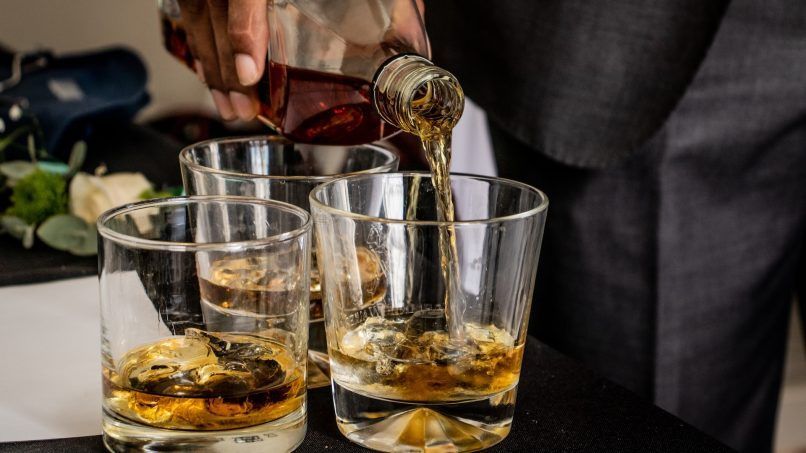
Whiskey that supports cold water generally requires chill filtration to eliminate some elements that make Scotch whisky look hazy. The process involves lowering the temperature of an alcoholic beverage to around -1 degree Celsius and forcing it through a metal or paper filter to strain chemical compounds like fatty acids. This is done because the process of flocculation normally only occurs in whiskies under 46 per cent ABV.
Therefore, if an ice cube or cold water is added to non-chill filtered whiskies under that ABV, they will seem cloudy. Both chill-filtered and non-chill-filtered whiskey have different flavours because of the process they go through.
How to make a perfect glass of whiskey
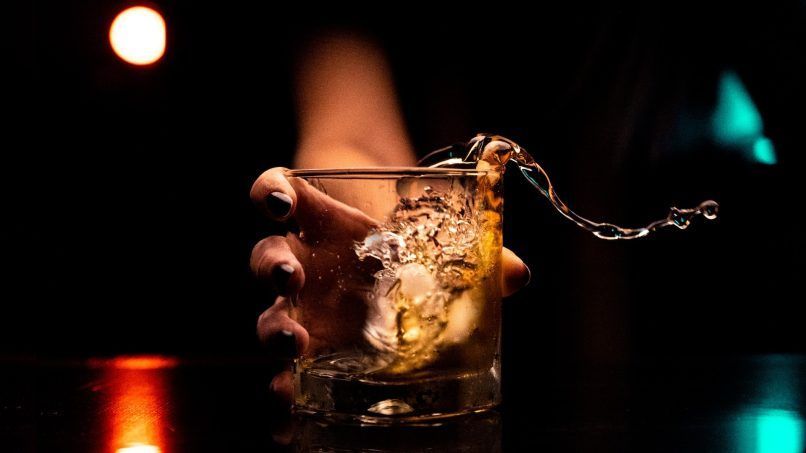
According to the renowned Scotch whisky brand, Johnnie Walker, whiskey is versatile and works well in a variety of settings because of its varied flavours, textures and aromas. For example, you can get innovative and test it with unique pairings, like whiskey with gin or whiskey with tonic water, in a highball cocktail. To bring out the depth in the flavours, you can stick to classic drinks like a whiskey sour and an old-fashioned Scotch. Additionally, irrespective of your preferred cocktail flavour — sweet, spicy, sour or bitter — whiskies make for a perfect base.
Nevertheless, here are some things to keep in mind to make a perfect glass of whiskey.
1. Use a whiskey glass
Using a whiskey glass, and not just any other glass, to relish the drink is essential. A wide glass will help you take in the aroma of the whiskey better with every sip.
2. Add a few drops of water
Diluting whiskey with just a few drops of water will enhance its flavour. This is because water helps the whiskey to release the aroma and flavours of baked spices, citrus and wood and dissipates ethanol.
3. Consider garnishing
Garnish sweet whiskey with some orange or lemon peel to add a citrus flavour to it. Additionally, you can try a cherry to soften the smokiness of Scotch and other single malts, or a herb sprig to enhance the flavour of the whiskey.
4. Add some bitters to it
Bitters can accentuate latent tones of fruit or baked spices by adding some more flavour to a drink. This will give your glass of whiskey a burst of aromas for you to relish.
Conclusion
Whiskey is a beverage that is best enjoyed at room temperature. The ideal way to enhance the flavour of whiskey is to add a few drops of water, but only at room temperature, since cold water or ice cubes will muddle its organic yet complex flavours. However, if you don’t like to add water to whiskey, there is nothing better than having it neat with some bar munchies.
Buy Whiskies Here
Buy Whiskey Accessories Here
This story first appeared in Lifestyle Asia Hong Kong
Frequently Asked Questions (FAQs)
Answer: Room temperature, which ranges from 20 to 25 degrees Celsius, is the best for whiskey.
Answer: Whiskey can be served cold only if it has undergone a process of chill-filtration. Else, adding water or ice to it will make the whiskey look cloudy.
Answer: A glass of whiskey is usually made with 60 ml of the alcohol, and regular consumption of any alcohol in large quantities can cause illnesses and alcoholism.
Answer: For any whiskey, water is the finest additive. However, it should ideally not be cold. One can add water at room temperature to it.
Priyanshi Agrawal


